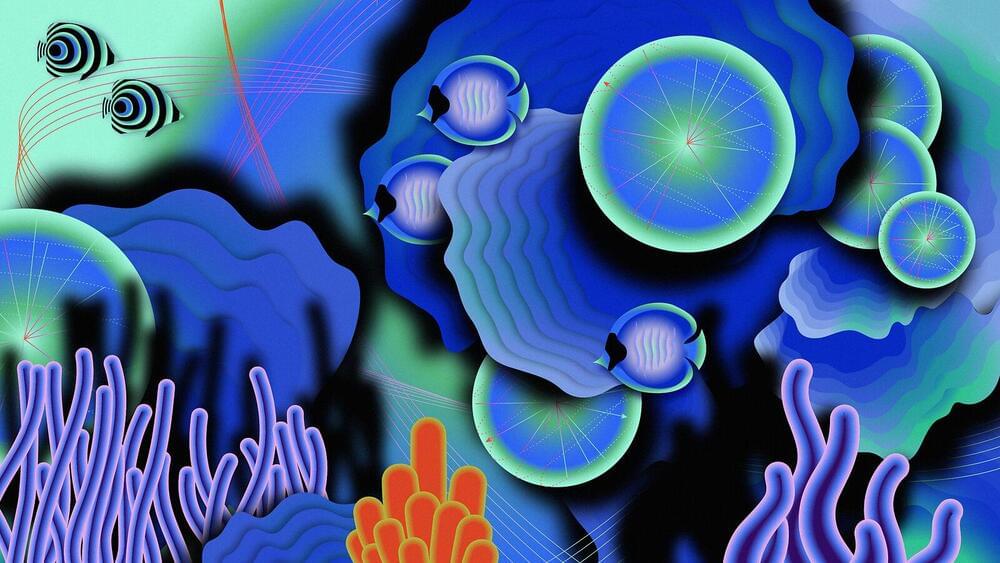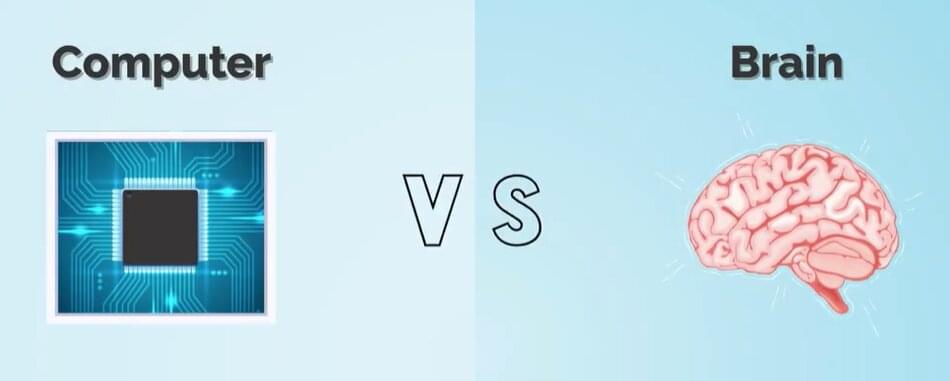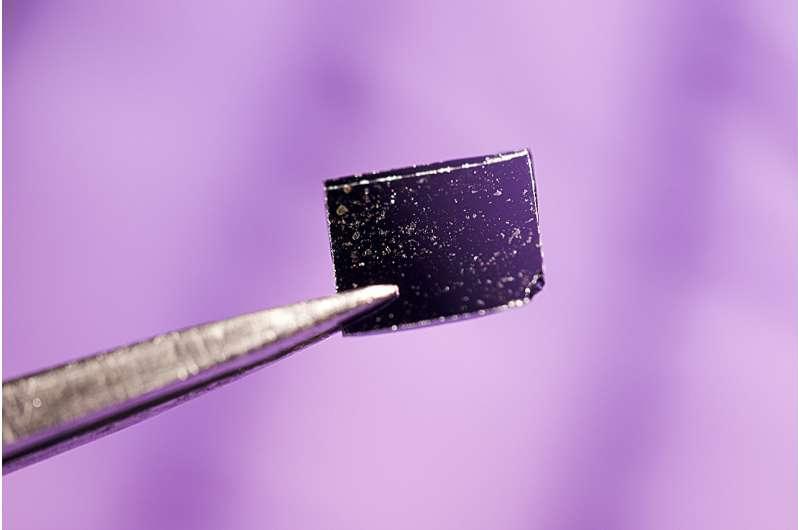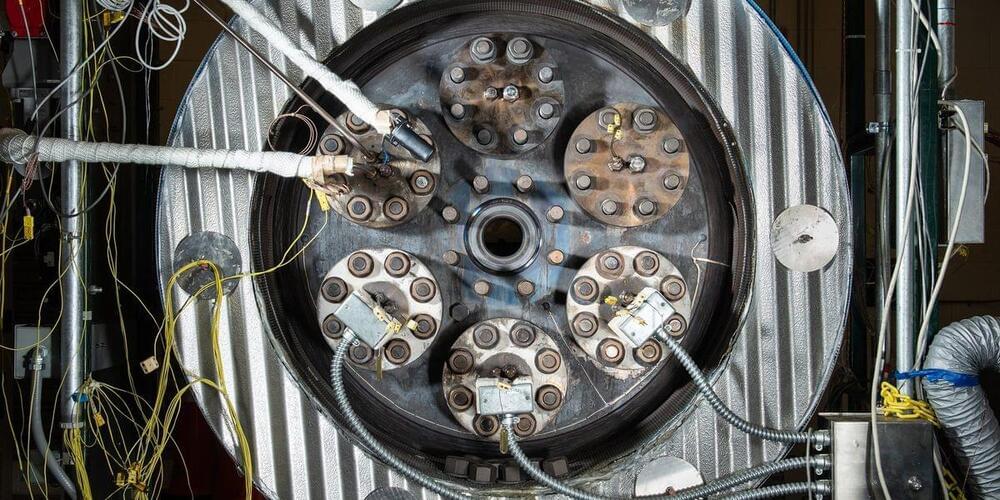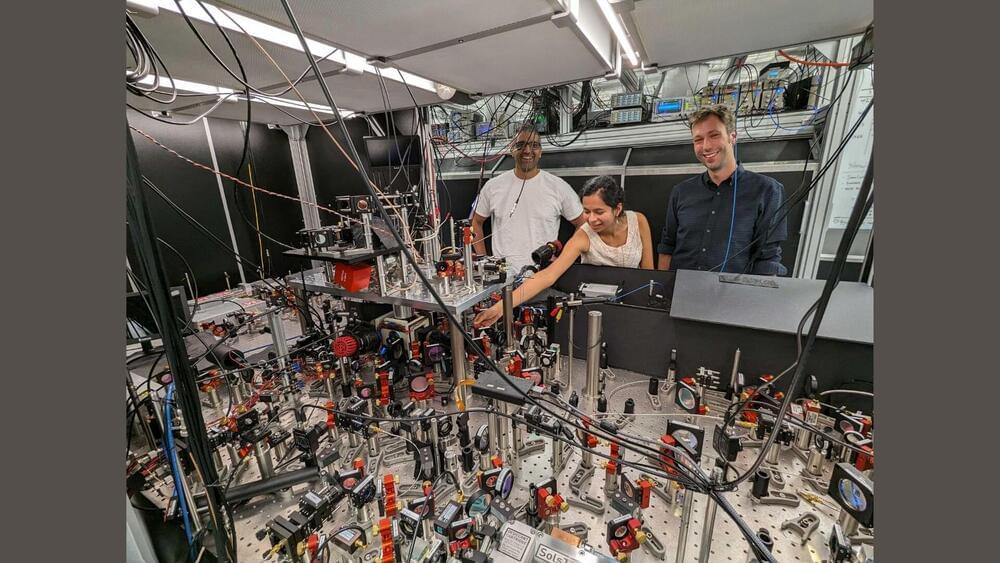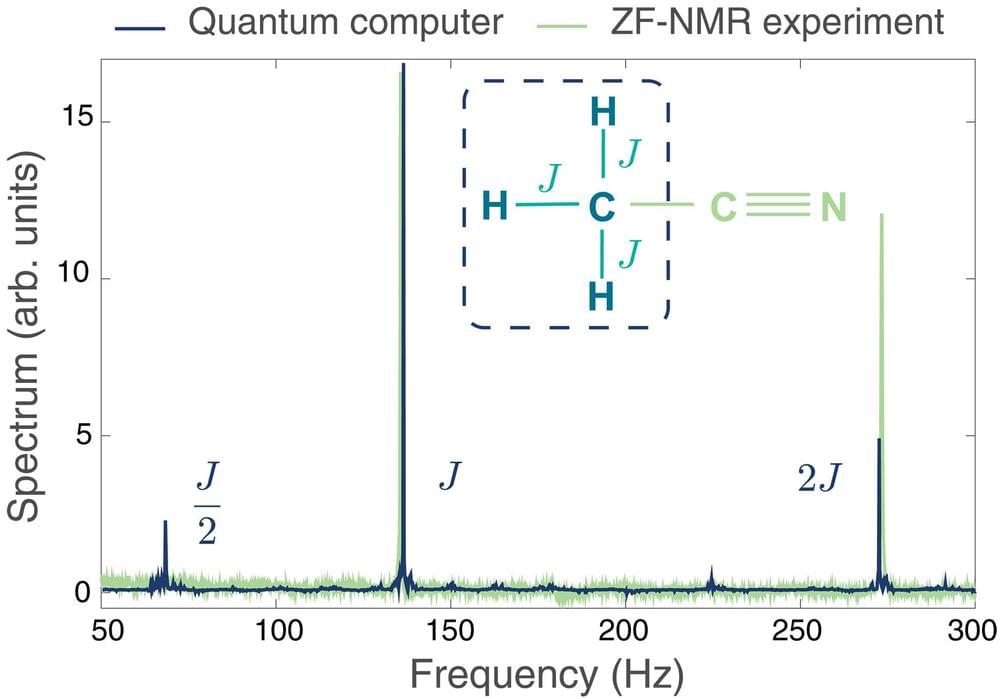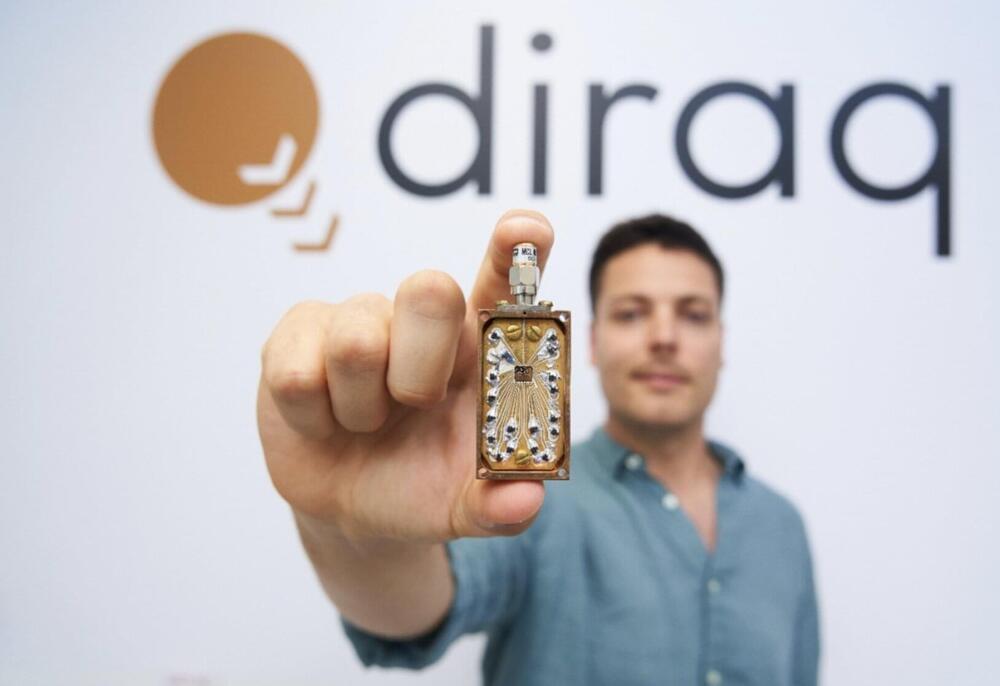Engineers, physicists, computer scientists and more are needed for the second quantum revolution.
Category: computing – Page 46
A major challenge in realizing quantum computers is the development of quantum error correction technology. This technology offers a solution for addressing errors that occur in the qubit, the basic unit of quantum computation, and prevents them from being amplified during the computation.
Thin-film lithium niobate is an emerging nonlinear integrated photonics platform ideally suited for quantum applications. Through spontaneous parametric down-conversion (SPDC), it can generate correlated photon pairs for quantum key distribution, teleportation, and computing.
7 linux distributions that feel just like windows.
I often think of Windows 10 as “Windows 8.1 done right”, and Windows 11 as a natural evolution of that refinement, with plenty of improvements under the hood.
However, considering that Windows is still a closed, commercial platform, many users with concerns about privacy or dissatisfaction with Windows 11 may continue to seek alternative operating systems that offer more control while providing a similar experience to the Windows GUI.
In this article, we’ve picked best Linux distributions that offer the best possible Windows-like desktop experience on Linux. Whether you’re transitioning from Windows or just prefer a similar look and feel, these distros are designed to make the switch easy and seamless.
Biological components are less reliable than electrical ones, and rather than instantaneously receive the incoming signals, the signals arrive with a variety of delays. This forces the brain to cope with said delays by having each neuron integrate the incoming signals over time and fire afterwards, as well as using a population of neurons, instead of one, to overcome neuronal cells that temporarily don’t fire.
Researchers used ultra-thin NbOCl₂ to generate entangled photon pairs for quantum computing, potentially shrinking components.
A study in Nature Physics has realized a dual-species Rydberg array combining rubidium (Rb) and cesium (Cs) atoms to enhance quantum computing and its applications.
Programmable quantum computers have the potential to efficiently simulate increasingly complex molecular structures, electronic structures, chemical reactions, and quantum mechanical states in chemistry that classical computers cannot. As the molecule’s size and complexity increase, so do the computational resources required to model it.
To achieve remarkable performances, quantum computing systems based on multiple qubits must attain high-fidelity entanglement between their underlying qubits. Past studies have shown that solid-state quantum platforms—quantum computing systems based on solid materials—are highly prone to errors, which can adversely impact the coherence between qubits and their overall performance.
